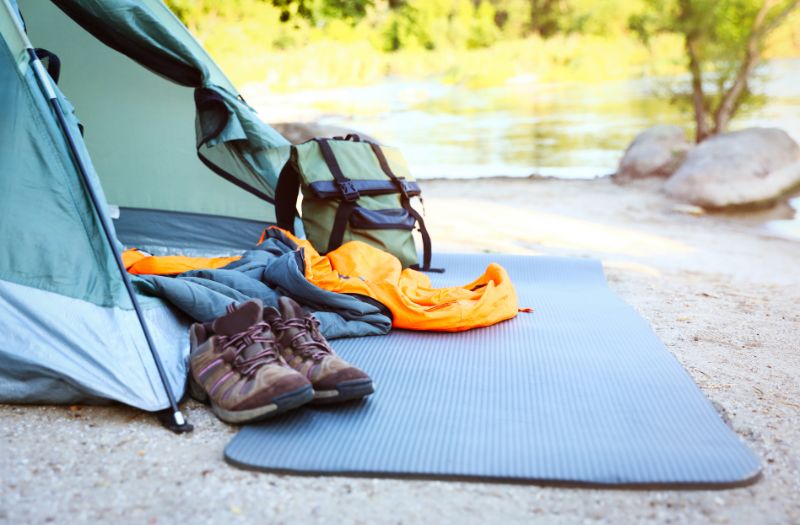As the summer season winds down and cooler weather arrives, many of us find ourselves wondering what to do with all the warm-weather essentials we’ve accumulated. From beach gear to patio furniture, summer items can quickly clutter up your home if not properly stored.
Creating a seasonal storage solution not only saves space but also protects your items, ensuring they’re ready to go next summer. Here, we’ll walk you through essential tips on how to effectively store your summer gear during the off-season.
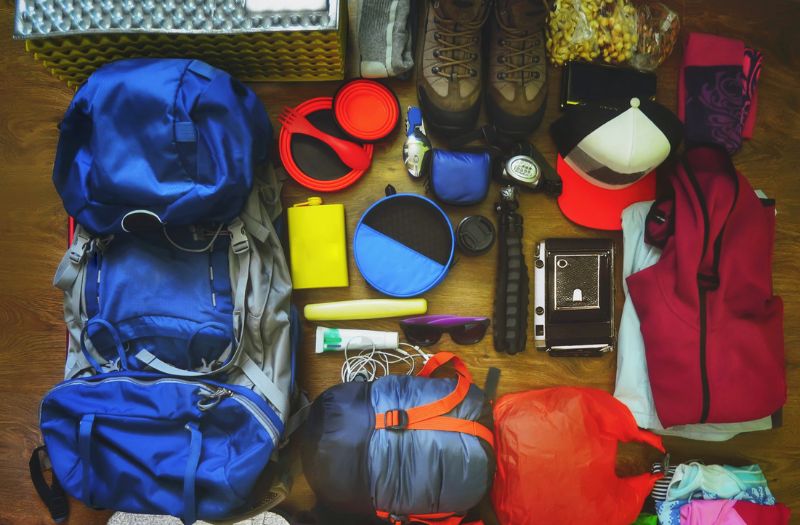
1. Assess Your Summer Gear Inventory
Before jumping into storage solutions, it’s essential to take stock of all the items you want to store. This inventory will help you understand what kind of storage space you need and if there are any items you no longer want to keep.
Go through your summer items—such as outdoor furniture, sports equipment, and clothing—and decide what’s worth storing and what could be donated or discarded.
Tip: Use this opportunity to clean and repair any damaged items, as it’s easier to handle these tasks now than in the spring.
2. Choose the Right Storage Solution
Depending on the types of items you’re storing, your storage needs may vary. For smaller, delicate items, such as summer clothing or pool accessories, airtight bins work well. For larger items, like patio furniture or lawn mowers, consider a storage unit.
Choosing a self-storage unit gives you flexibility in size and security, especially if you lack space at home.
Key considerations:
- Climate control: If you’re storing items sensitive to temperature and humidity changes, such as electronic beach gadgets or inflatable items, a climate-controlled unit is ideal.
- Size: Think about the space your items will take up. It’s often more cost-effective to rent a slightly larger unit than trying to squeeze everything into a too-small space.
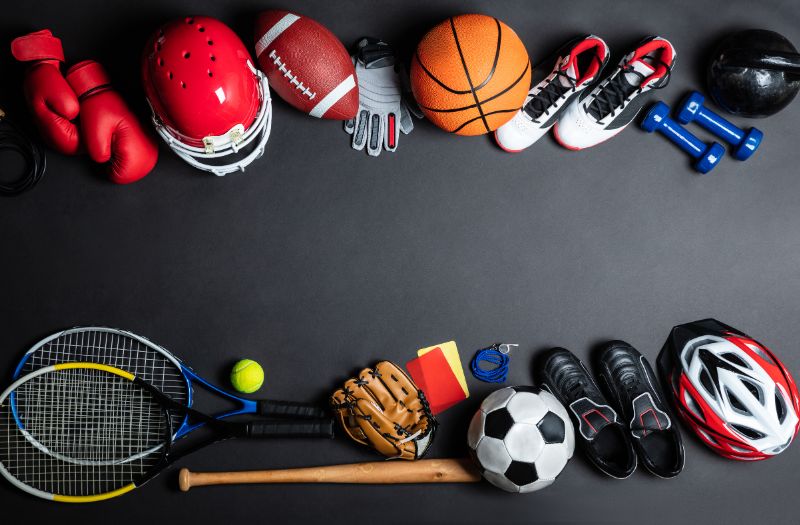
3. Clean and Prepare Your Items
Cleanliness is crucial when preparing items for long-term storage. Proper cleaning prevents mildew, rust, and insect infestations, keeping everything in top shape.
Tips by Item:
- Outdoor Furniture: Wash cushions and covers and let them dry completely before storing. For the furniture frame, clean off any dirt or residue and consider a protective covering to prevent dust.
- Beach Gear: Clean sand and salt off beach chairs, umbrellas, and other accessories to avoid corrosion. Consider placing small items in clear plastic bins so they’re easy to find later.
- Sporting Equipment: Clean and dry equipment thoroughly, especially metal parts that could rust. For bikes, deflate tires slightly and consider adding a light layer of oil to chains.
4. Organize Your Storage Space for Accessibility
When storing items for several months, accessibility is essential. Organize your storage unit or designated space in a way that allows you to find and retrieve items quickly. This way, if you need to grab something mid-season, you won’t have to dig through everything.
Organizational tips:
- Label boxes: Clearly label bins with contents and group similar items together.
- Stack strategically: Place heavier items at the bottom and lighter ones at the top. Items you may need sooner should be at the front of the unit.
- Create a pathway: Leave a small pathway in your storage unit so you can easily reach the back without unpacking everything.
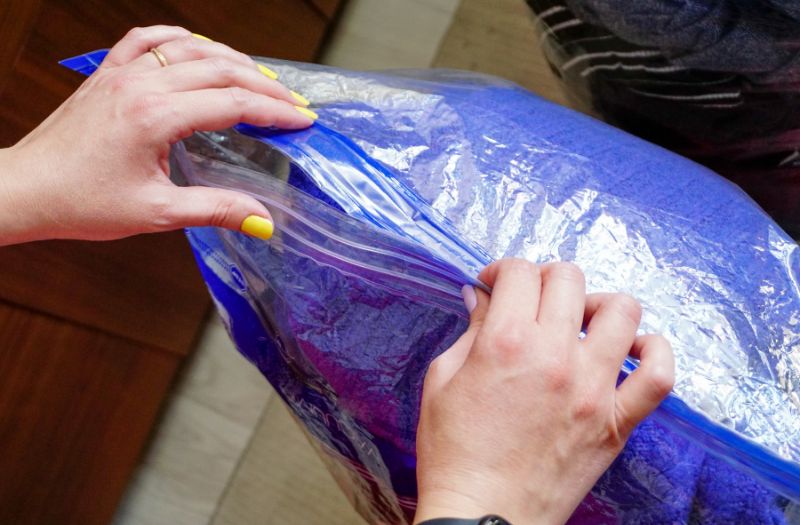
5. Utilize Space-Saving Storage Techniques
Maximizing space efficiency can be a game-changer, especially if your storage area is limited. Space-saving storage techniques keep items compact and safe.
Space-saving ideas:
- Vacuum-sealed bags: For bulky items like pool floats, inflatable loungers, or even summer bedding, vacuum-sealed bags reduce bulk and prevent dust accumulation.
- Shelving units: Installing shelves in your storage unit allows you to make use of vertical space, freeing up the floor area for larger items.
- Hang items: Utilize hooks or hanging storage for items like camping gear, beach chairs, and sports equipment. This keeps items off the ground and opens up more floor space.
6. Consider Seasonal Rotation to Save Time and Effort
A rotational storage plan can make life easier, especially if you’re storing seasonal gear year-round. Dedicate one section of your storage unit to summer items and another to winter ones. Each season, you’ll only need to swap out items without rearranging everything.
Tips for effective rotation:
- Seasonal labeling: Label storage bins by season, e.g., “Summer Essentials” or “Winter Gear.”
- Mark priority items: If there are items you use frequently year-round, keep them in accessible areas regardless of the season.

7. Protect Your Items from Pests and Moisture
To avoid unwanted surprises, it’s crucial to protect stored items from pests and moisture damage. Insects, rodents, and mildew can damage your gear if it’s not properly safeguarded.
Protection tips:
- Use pest deterrents: Add natural pest deterrents like cedar blocks or lavender sachets in boxes or bins.
- Use moisture absorbers: Place silica gel packets in bins with sensitive items to keep moisture levels low. If you’re in a humid area, consider a dehumidifier if your storage unit allows it.
- Seal items well: For extra protection, seal items in airtight plastic bags or containers, especially if you’re storing them in a non-climate-controlled unit.
8. Schedule a Mid-Winter Check
Even with careful preparation, it’s a good idea to check on your storage unit at least once during the off-season. This allows you to ensure that everything is in good condition and that no moisture or pests have infiltrated.
Check-up tips:
- Look for signs of water leaks or condensation, particularly if you don’t have climate control.
- Check on fabrics and soft items to make sure there’s no mildew.
- Make any necessary adjustments, such as adding fresh silica gel packets or repositioning items.
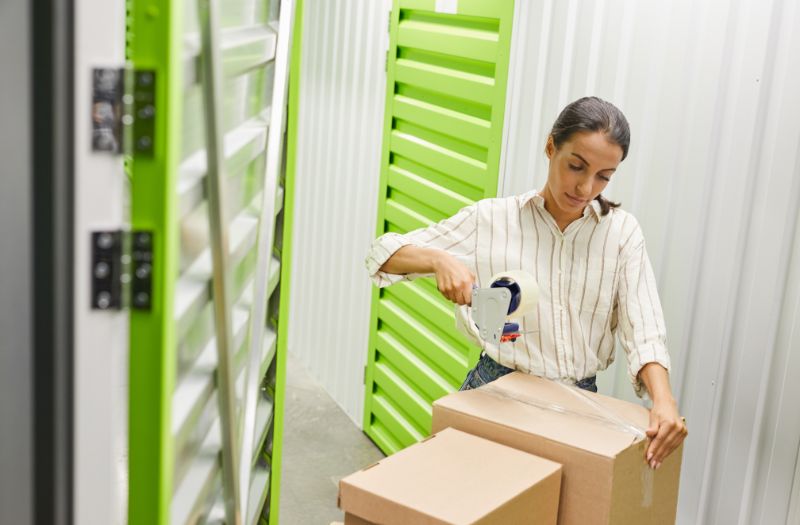
9. Plan Ahead for Easy Access in Spring
As the warmer weather approaches, it’s helpful to have a plan for transitioning your summer gear out of storage and back into use. Make a list of what you stored and determine any cleaning or preparation tasks needed to get everything summer-ready.
Spring transition tips:
- Inventory check: Take stock of what you need, and retrieve items in stages if possible.
- Refresh and clean: Quickly clean and refresh items that may have gathered dust or need minor touch-ups.
- Dispose of old or damaged items: This is a great time to declutter any items that didn’t survive storage or you no longer want.
Conclusion
Storing summer gear during the off-season doesn’t have to be a hassle. With some thoughtful planning, organization, and protection techniques, you can keep your items safe and in excellent condition.
When next summer rolls around, you’ll have everything ready to go, making it easy to enjoy the warm weather without any fuss. So, take the time to set up a seasonal storage system that works for you, and reap the rewards of a clutter-free, organized home.
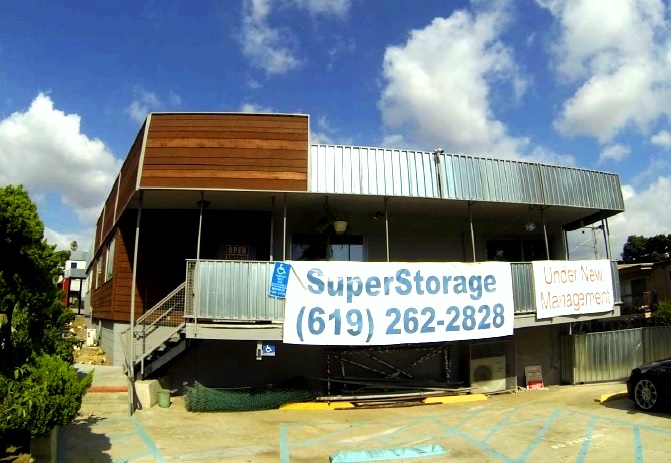
If you’re looking for a storage facility to store your belongings, SuperStorage San Diego has got you covered in this department. Here at SuperStorage San Diego, we offer a wide range of unit selections and top-notch security. To learn more about our self-storage facility, please check out our website at https://superstoragesandiego.com/.
